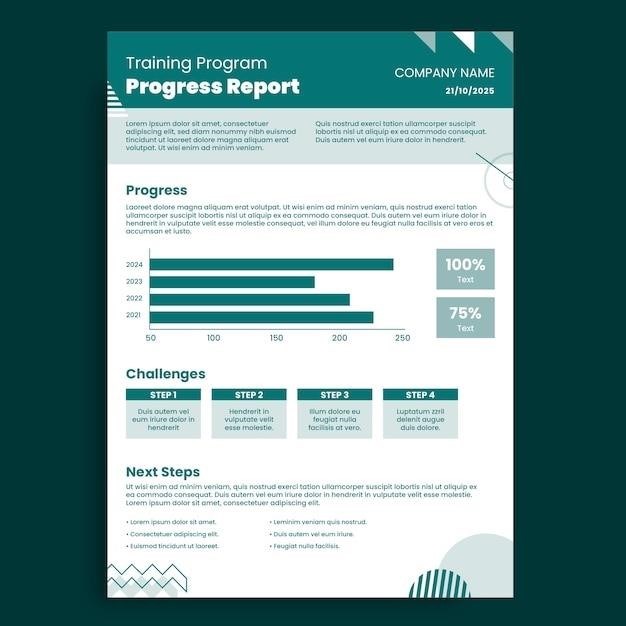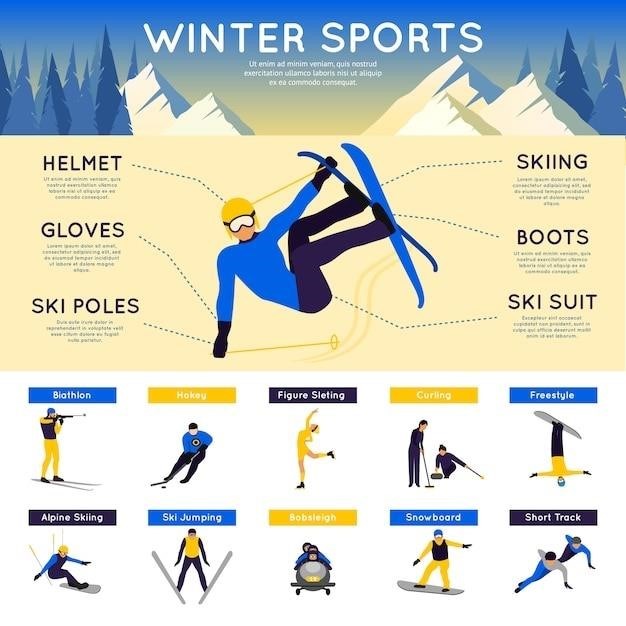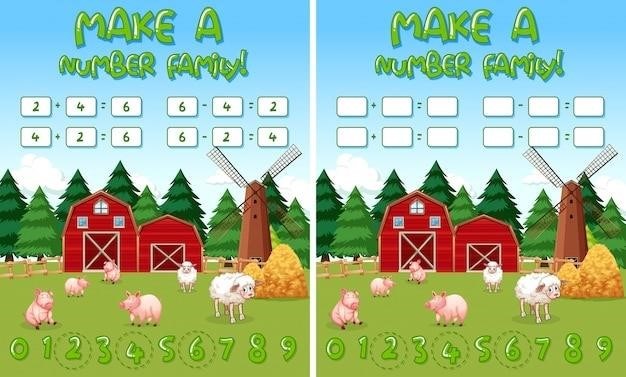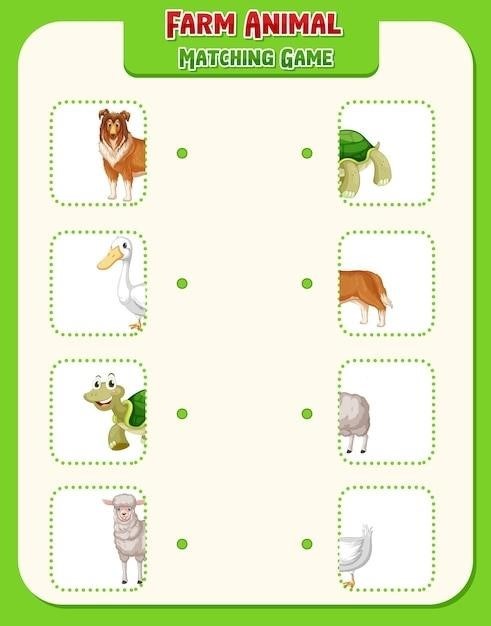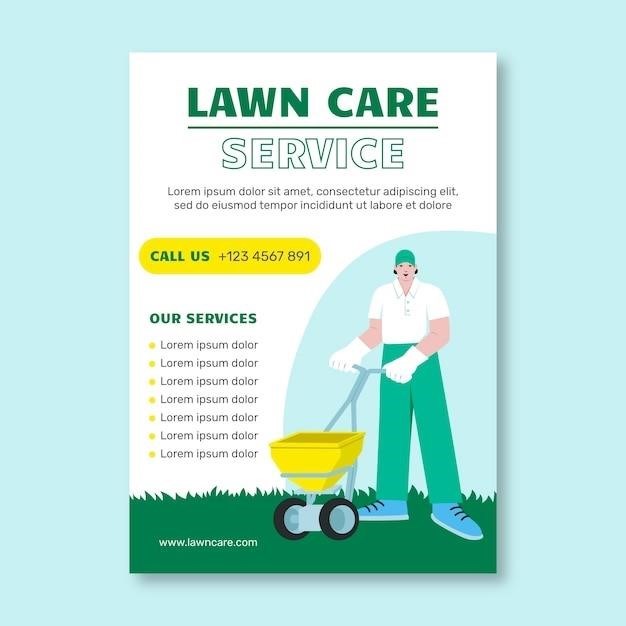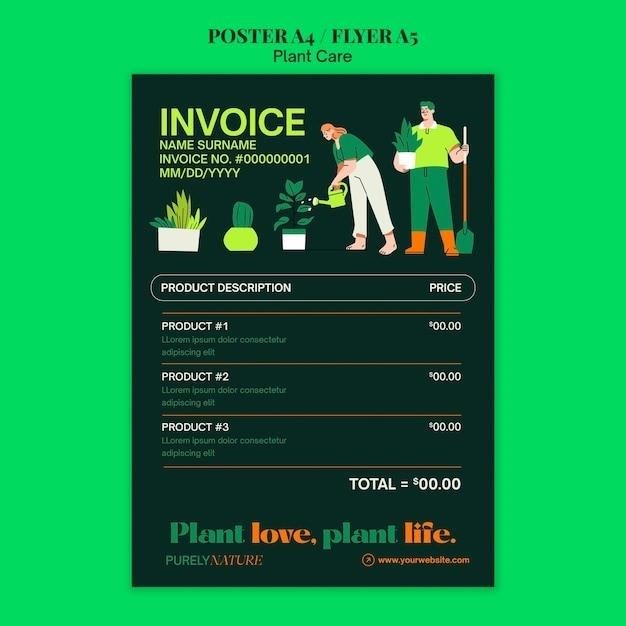Specially Designed Instruction (SDI) Examples
Specially Designed Instruction (SDI) is a core component of special education․ It involves tailoring instruction to meet the unique needs of students with disabilities, ensuring they achieve their Individualized Education Program (IEP) goals․ This section will explore various examples of SDI, drawing from real-world applications and resources․

What is Specially Designed Instruction (SDI)?
Specially Designed Instruction (SDI) is a fundamental principle within special education, serving as the cornerstone of effective instruction for students with disabilities․ It refers to individualized adjustments and modifications made to the regular classroom curriculum, teaching methods, and learning environment to cater to the unique needs of each student with an IEP․ This approach aims to ensure that these students can successfully access and participate in the general education curriculum, ultimately achieving their individualized learning goals․
SDI goes beyond simply providing additional support; it involves a deliberate and strategic approach to instruction that considers the student’s specific learning challenges, strengths, and preferences․ It often involves the use of specialized teaching strategies, assistive technologies, adaptations to materials, and modifications to the learning environment․
The purpose of SDI is to bridge the gap between the student’s current abilities and the demands of the general education curriculum․ It is not about lowering expectations but rather about providing the necessary support and accommodations to ensure that students can learn and succeed at their individual pace and in their own unique way․
Examples of SDI in the Classroom
SDI manifests in various ways within the classroom, tailoring instruction to meet individual needs․ Examples include⁚
- Differentiated Instruction⁚ Providing different levels of support and challenges based on students’ learning styles, abilities, and prior knowledge․ This can involve varying the complexity of tasks, providing visual aids, or offering more hands-on experiences for kinesthetic learners․
- Assistive Technology⁚ Utilizing tools like text-to-speech software, graphic organizers, or specialized calculators to enhance accessibility for students with specific disabilities․
- Modifications to Materials⁚ Adapting textbooks, worksheets, or assessments to be more accessible, such as using larger font sizes, providing audio versions, or simplifying language․
- Adaptive Behavior Support⁚ Teaching students self-management strategies, social skills, and organizational skills to promote independence and success in the classroom․ This might involve using visual timers, checklists, or social stories to support students with specific needs․
- Small Group Instruction⁚ Providing targeted instruction in smaller groups to address specific learning gaps or to provide more individualized attention to students who require extra support․
These examples illustrate the diverse ways in which SDI can be implemented in the classroom, ensuring that all students have the opportunity to learn and reach their full potential․
SDI for Students with Specific Learning Disabilities
Specially Designed Instruction (SDI) for students with specific learning disabilities (SLD) requires a tailored approach that addresses their unique challenges․ Common examples of SDI for students with SLD include⁚
- Explicit Instruction⁚ Providing clear, direct, and systematic instruction in specific skills, breaking down complex concepts into smaller steps․ This approach is particularly effective for students with dyslexia, where explicit phonics instruction is crucial․
- Multi-Sensory Learning⁚ Engaging multiple senses to aid learning, such as using visual aids, manipulatives, or auditory cues․ This can benefit students with dyslexia, dysgraphia, or auditory processing difficulties․
- Graphic Organizers⁚ Utilizing visual tools like charts, diagrams, or webs to organize information and facilitate understanding․ Graphic organizers can be helpful for students with difficulty with working memory or organization․
- Accommodations for Written Expression⁚ Providing assistive technology, such as word prediction software or speech-to-text programs, to support students with written expression difficulties․
- Modifications to Assessments⁚ Adapting assessments to align with the student’s learning needs, such as allowing for extended time, providing alternative formats, or reducing the number of items․
SDI for students with SLD aims to create a supportive and accessible learning environment that empowers them to overcome their challenges and achieve academic success․

SDI for Students with Emotional and Behavioral Disorders
Specially Designed Instruction (SDI) for students with emotional and behavioral disorders (EBD) often focuses on addressing the underlying causes of their difficulties and promoting positive behavior change․ Effective SDI strategies include⁚
- Positive Behavioral Interventions and Supports (PBIS)⁚ Implementing a school-wide system of positive reinforcement, clear expectations, and consistent consequences to encourage appropriate behavior․
- Functional Behavior Assessment (FBA)⁚ Conducting a thorough analysis to identify the triggers, purpose, and context of challenging behaviors, allowing for individualized interventions․
- Behavior Management Strategies⁚ Utilizing techniques like token economies, visual timers, and social-emotional learning programs to help students regulate their emotions and behaviors․
- Social Skills Training⁚ Providing explicit instruction and practice in social skills, such as communication, conflict resolution, and empathy, to enhance social interactions and relationships․
- Cognitive Behavioral Therapy (CBT)⁚ Employing therapeutic techniques to help students identify and change negative thoughts and behaviors, promoting emotional well-being and self-regulation․
SDI for students with EBD aims to create a safe and structured environment where students can learn essential social-emotional skills, develop coping mechanisms, and build positive relationships․
SDI for Students with Physical Disabilities
Specially Designed Instruction (SDI) for students with physical disabilities focuses on adapting the learning environment and instructional methods to accommodate their unique needs․ Examples of SDI strategies include⁚
- Assistive Technology⁚ Providing students with adaptive equipment, such as wheelchairs, communication devices, and specialized computer software, to enhance their access to learning materials and participation in classroom activities․
- Adapted Curriculum⁚ Modifying the content, format, or delivery of instruction to ensure accessibility and comprehension for students with physical limitations․ This might involve using larger print, audiobooks, or alternative assessments․
- Environmental Modifications⁚ Adjusting the physical environment to ensure accessibility, such as ramps, wider doorways, and accessible restrooms, allowing students to move freely and participate independently․
- Adaptive Physical Education⁚ Providing specialized physical education programs tailored to the individual needs and abilities of students with physical disabilities, promoting physical activity, fitness, and motor skills development․
- Collaborative Learning⁚ Encouraging peer tutoring and group work, allowing students with physical disabilities to learn from their classmates and contribute to the group effort․
SDI for students with physical disabilities emphasizes providing equal opportunities for learning and participation, creating an inclusive environment that values diversity and empowers students to reach their full potential․
SDI for Students with Sensory Disabilities
Specially Designed Instruction (SDI) for students with sensory disabilities is crucial for creating an accessible and inclusive learning environment․ It encompasses a range of strategies tailored to address specific sensory needs and enhance learning experiences․
- Visual Aids⁚ Using visual aids, such as diagrams, pictures, and videos, to present information in a way that is accessible to students with visual impairments․ This may involve providing large print materials, using contrasting colors, or employing alternative formats like tactile graphics․
- Auditory Adjustments⁚ Adapting the presentation of information for students with auditory impairments, such as using clear and concise language, providing written transcripts, or using assistive listening devices․
- Sensory Integration Activities⁚ Incorporating sensory integration activities into the classroom environment to help students regulate their sensory input and improve focus․ This may involve providing fidget toys, sensory bins, or designated quiet spaces․
- Multi-Sensory Learning⁚ Engaging multiple senses in the learning process, such as using visual, auditory, and tactile elements simultaneously․ This helps students with sensory disabilities access information in a variety of ways․
- Collaboration with Specialists⁚ Working closely with specialists, such as vision or hearing specialists, to ensure the implementation of appropriate accommodations and support for students with sensory disabilities․
SDI for students with sensory disabilities prioritizes creating a learning environment that is both stimulating and comfortable, enabling students to fully engage in their education․
SDI for Students with Autism Spectrum Disorder
Specially Designed Instruction (SDI) for students with Autism Spectrum Disorder (ASD) is essential for fostering their academic, social, and emotional growth․ It involves creating a structured and predictable learning environment that caters to their individual needs and supports their unique learning styles․
- Visual Supports⁚ Employing visual aids, such as picture schedules, social stories, and visual timers, to provide clear expectations, structure routines, and reduce anxiety․ These tools can help students with ASD understand and navigate their daily activities․
- Social Skills Training⁚ Providing explicit instruction in social skills, such as communication, interaction, and understanding social cues․ This may involve role-playing scenarios, practicing social scripts, and using social stories to develop social competence․
- Sensory Modulation Strategies⁚ Implementing strategies to manage sensory sensitivities, such as providing noise-canceling headphones, fidget toys, or designated quiet spaces․ This helps students with ASD regulate their sensory input and maintain focus․
- Individualized Instruction⁚ Tailoring instruction to meet the specific learning needs of each student with ASD․ This may involve breaking down complex tasks into smaller steps, providing visual cues, or using alternative methods of presentation․
- Collaborative Teaching⁚ Working in collaboration with specialists, such as behavior analysts or autism specialists, to ensure the implementation of effective and individualized interventions․
SDI for students with ASD emphasizes creating a supportive and predictable learning environment that promotes their academic and social success․
Resources for Developing SDI
Developing effective Specially Designed Instruction (SDI) requires access to reliable and comprehensive resources․ Fortunately, numerous tools and materials are available to support educators in creating individualized learning plans for students with disabilities․
- National Center for Learning Disabilities (NCLD)⁚ NCLD offers a wealth of resources, including research-based strategies, practical tips, and success stories for educators working with students with learning disabilities․ Their website features articles, videos, and downloadable materials covering various aspects of SDI․
- Council for Exceptional Children (CEC)⁚ CEC is a professional organization dedicated to improving the lives of children with disabilities․ They provide professional development opportunities, research publications, and advocacy resources․ Their website offers a wide range of information on SDI, including best practices, legal guidelines, and research findings․
- The National Institute for Disability, Independent Living, and Rehabilitation Research (NIDILRR)⁚ NIDILRR funds research and provides resources to improve the lives of individuals with disabilities․ Their website features a collection of research reports, policy briefs, and funding opportunities related to SDI and special education․
- State Departments of Education⁚ Each state’s department of education provides guidance and resources for educators working with students with disabilities․ They often have websites with specific information on SDI, including state-specific policies, regulations, and training materials․
- Online Learning Platforms⁚ Many online platforms, such as Coursera, edX, and FutureLearn, offer courses and certifications on special education and SDI․ These platforms provide a flexible and accessible way for educators to enhance their knowledge and skills․
By leveraging these resources, educators can develop effective SDI strategies that cater to the unique needs of their students with disabilities and promote their academic and personal growth․
Technology and SDI
Technology plays an increasingly vital role in enhancing Specially Designed Instruction (SDI) and creating more inclusive learning environments for students with disabilities․ By leveraging assistive technologies and digital tools, educators can tailor instruction to individual needs, address accessibility challenges, and foster student engagement․
- Assistive Technology⁚ Assistive technology (AT) encompasses a wide range of tools and devices that can help students with disabilities overcome learning barriers․ This includes screen readers, speech-to-text software, text-to-speech programs, and adaptive keyboards․ AT can make learning more accessible, allowing students to participate actively in classroom activities and demonstrate their knowledge effectively․
- Digital Learning Platforms⁚ Online learning platforms offer personalized learning experiences, allowing students to progress at their own pace and access learning materials tailored to their individual needs․ These platforms often include interactive exercises, multimedia content, and adaptive assessments, making learning engaging and accessible for diverse learners․
- Universal Design for Learning (UDL)⁚ UDL principles aim to create learning environments that are accessible and engaging for all learners, including students with disabilities․ Technology can support UDL by providing flexible learning options, multimedia representations of content, and adaptable assessment methods․
- Collaborative Tools⁚ Technology can facilitate collaboration between students, teachers, and parents․ Online communication platforms, video conferencing tools, and shared document editing software can help students with disabilities connect with their peers, receive support from teachers, and involve parents in their learning process․
By embracing technology, educators can create more inclusive and engaging learning environments for students with disabilities, fostering their academic success and promoting their participation in the broader educational community․
Specially Designed Instruction (SDI) is a fundamental element of special education, ensuring that students with disabilities receive individualized support and instruction to meet their unique learning needs․ This document has provided a comprehensive overview of SDI, exploring its core principles, practical examples, and the crucial role of technology in enhancing its effectiveness․ The examples presented showcase how SDI can be implemented across various educational settings, from mainstream classrooms to specialized programs, addressing the diverse needs of students with different disabilities․
It is essential to recognize that SDI is not a one-size-fits-all approach․ Effective SDI requires collaboration, flexibility, and ongoing assessment to ensure that students are receiving the most appropriate instruction․ As educators, we have a responsibility to continuously adapt and refine our practices to meet the evolving needs of students with disabilities․ By embracing the principles of SDI and leveraging available resources, we can create inclusive learning environments that empower all students to reach their full potential․








